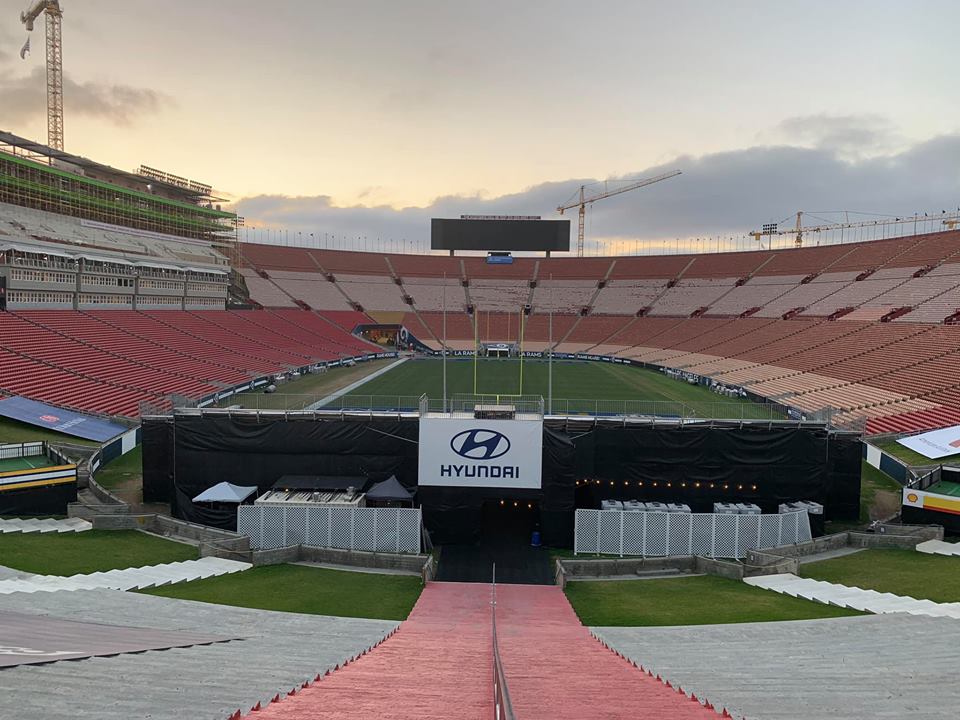

The giant bowl of Cal’s Memorial Stadium looked like an ant colony, with dozens of workers darting about, carrying loads of timber, bounding down its 1923 stairs, driving fork lifts along the muddy bottom.
The tour de force was in high gear, with the first kickoff set for just over five months away. Cal Assistant Athletic Director Bob Milano smiled a wide grin when asked if the stadium would be ready in time.
“We have a game on September first against Nevada,” Milano said, balancing gingerly on the salvaged bleachers. “Everything is pointing towards us playing football here on September first.”
It has been quite a journey since plans were laid to rebuild the historic stadium which originally opened in 1923, and straddles the notorious Hayward fault.
In the seven years since the university started the project, its path has wound through court battles, tree sitters, neighbor complaints and an economic crisis that has threatened long-term seat sales to fund the $321 million project.
While the stadium was in need of a good sprucing-up, it was the Hayward fault that pushed the massive revamp to the top of the to-do list.
The fault runs past the south-end scoreboard, down the length of the field, and just east of the north end scoreboard. Engineering studies showed a major shaker on the fault could cause casualties. Among the elaborate solutions to the quake zone, engineers came up with a plan to segregate sections at either end of the stadium with channels, to allow the sections to move with the motion of the quake.
“So that entire part of the stadium can shift and rotate and tilt,” said engineer Rene Vignos. “Whatever it has to do in response to the ground moving underneath it.”
Beneath the press box towers, engineers installed huge shock absorbers to absorb the movement of a quake.
“So this whole tower could rock several inches,” said Vignos. “The shock absorber slows it down.”
The project kept the original walls of the stadium, modeled after a Roman Coliseum. The university salvaged the old side seats from the west side of the stadium and moved them to the East Side. But aside from some original features, the stadium’s interior is mostly new. Inside the concourse, planners removed old athletic offices to restore the stadium’s sweeping views of the Bay.
Since the stadium was one of the only post-World War I stadiums built without a track, the field level creeps right up to the seats.
“The fans are literally right here,” said Milano pointing to the newly rebuilt field wall. “The players are literally right here.”
New planning codes and disability access forced the university to remove about five-thousand seats, down to about sixty-five thousand. Milano said the number is ideal for the new layout.
Milano was about eight years old when his father was a ball boy in the stadium. He grew-up in the area and felt the pull to honor its history. He said back before the NFL, NBA and NHA, Cal football was pretty much the only game in town.
“People took the ferry from San Francisco and got on a train to Berkeley campus and walked to the game,” he said. “This was happening.”
After spending last season playing in AT&T Park, the team is ready to get things happening back on its home turf, in a modern stadium – that’s dripping in history.

